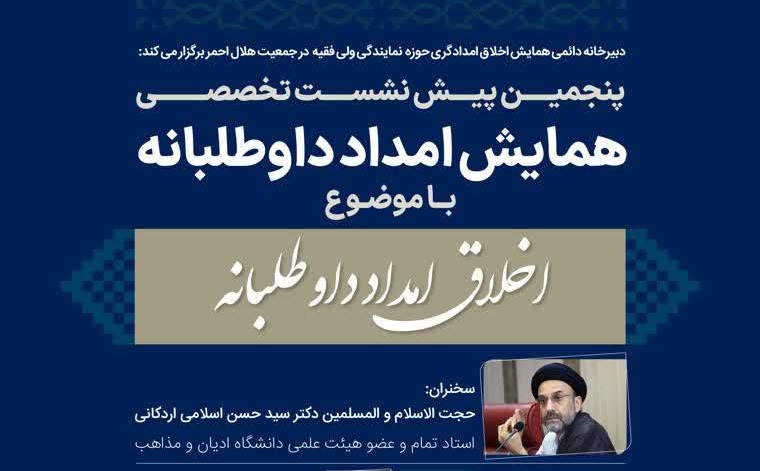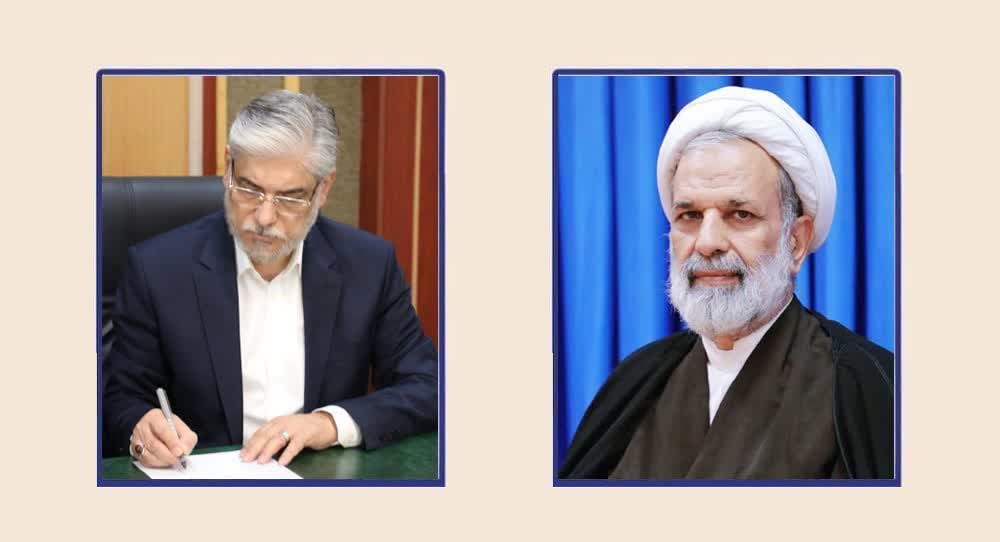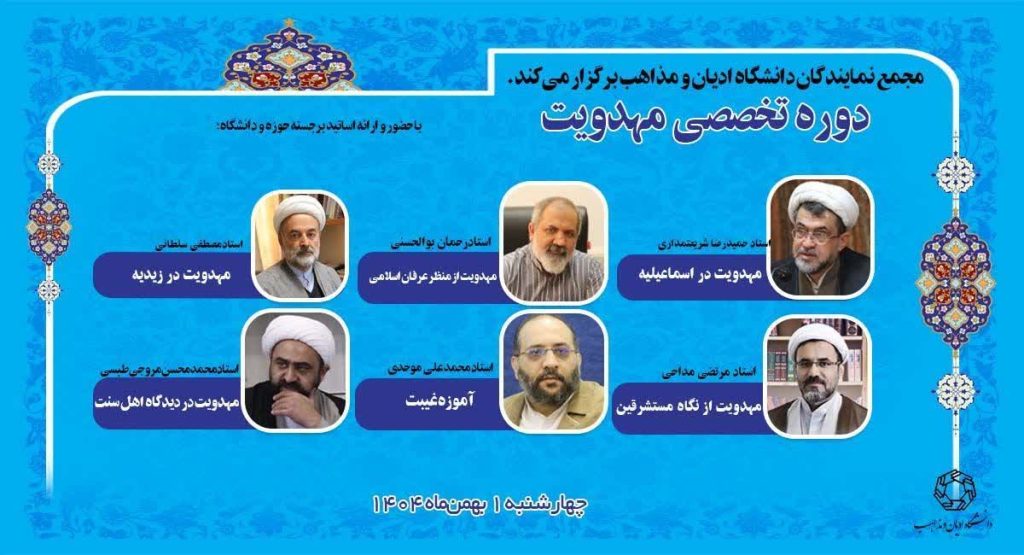دانشکده ادیان گروه ادیان شرق

جلسه دفاع از رساله آقای هادی ولی پور، دانشجوی دکتری ادیان و عرفان گرایش ادیان باستان با عنوان “خوانشی الهياتی از آيين ميترا بر پايه نظريههای نجومی” برگزار شد.
پس از طرح اشکالات اساتید داور و توضیحات دانشجو و اساتید راهنما و مشاور، این رساله دفاع نهایی شد.
برای جناب آقای ولی پور آرزوی توفیق روزافزون داریم.
چکیده:
پژوهشگران آیین رازورانه میتراییزم رومی مطالعات خود را با رویکردهای گونهگون تاریخی، باستانشناسانه، نجومی، فلسفی _ الهیاتی، فرهنگی و آیینی، انجام دادهاند. شمار قابل توجهی از میتراپژوهان، رویکرد علمی اخترشناسی (نه شبهعلم اختربینی) را انتخاب کرده و بسیاری از نگارهها، بنمایهها و آموزهها را بر اساس این رویکرد تبیین و تحلیل کردند. فرضیه رساله پیش رو آن بود که گمانههای اخترشناسانه میتراپژوهان مدرن در توجیه نگارههای میترایی برای یافتن انگارههای بنیادین این آیین را بر اساس اطلسهای اختری کهن و نرمافزارهای نجومی امروزین بررسیده و درستی یا نادرستی آن گمانهها را روشن کند و سپس با تکیه بر برآیند اخترشناسی برگزیده و استمداد از دیگر دلائل و شواهد رایج در مطالعات میترایی، خوانشی نو از نظام الهیات میترایی ارائه دهد، اما پس از بررسی تفصیلی مشخص شد که هیچکدام از فرضیههای اخترشناسانه میتراپژوهان معاصر بر اساس دادهها و برآیندهای علمی اخترشناسی مدرن قابل توجیه نبوده و نمیتوان بر اساس آن آموزههای الهیاتی میتراییزم رومی را به نحوی نظاممند ارائه کرد. ازاینرو با توجه به دادههای تاریخی، برای نخستین بار، ادوار میتراییزم رومی از بُعد تاریخی _ الهیاتی، به سه دوره مختلف «میتراییزم بدوی ایرانی _ مهردادی»، «میتراییزم ایرانی _ یونانی کوماژنی» و «میتراییزم سیاسی رومی» تقسیم و برای هر کدام از آنها شاخصههای ویژهای برشمرده شده است. بنا بر دادههای تاریخی، شخصیت زرتشت و مغان در دوره دوم میتراییزم رومی (دوران شکوفایی) از محبوبیت ویژهای میان رومیان برخوردار بوده و همین امر موجب پذیرش برخی آموزههای مذهبی و فرهنگی ایرانیان میان رومیان شد، و در نظام الهیاتی میتراپرستان رومی تأثیرات خاصی بر جای نهاد.
Abstract
Researchers of the Mithraic Mysteries have conducted their studies using various historical, archaeological, astronomical, philosophical-theological, cultural, and ritualistic approaches. A significant number of Mithraic scholars have chosen the scientific approach of astronomy (not the pseudoscience of astrology) to explain and analyze many of the frescoes, motifs, and teachings based on this approach. The hypothesis of the forthcoming thesis was that the astronomical conjectures of modern Mithraic scholars in justifying Mithraic images to find the fundamental concepts of this religion based on ancient celestial atlases and contemporary astronomical software were examined, and the validity or invalidity of those conjectures was clarified, and then, relying on the chosen astronomical outcome and drawing on other common evidence and arguments in Mithraic studies, it aimed to present a new interpretation of the Mithraic theological system. However, after detailed examination, it was determined that none of the astronomical hypotheses of contemporary Mithraic scholars could be justified based on the data and outcomes of modern astronomical science and that it was not possible to systematically present the theological teachings of Roman Mithraism. Therefore, considering historical data, for the first time, the eras of Roman Mithraism from a historical-theological perspective were divided into three different periods: “Early Iranian _ Mithridatic Mithraism”, and “Iranian-Greek Mithraism of Commagene” and “Roman Political Mithraism” and specific characteristics were identified for each of these periods. According to historical data, the figure of Zoroaster and the Magi enjoyed special popularity among the Romans during the second period of Roman Mithraism (the flourishing period), which led to the acceptance of some Iranian religious and cultural teachings among the Romans, and had specific impacts on the theological system of Roman Mithraists.




